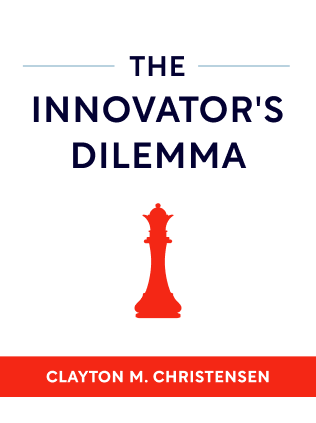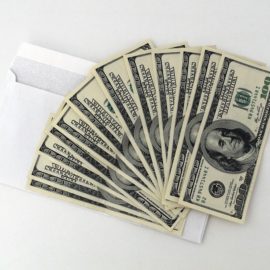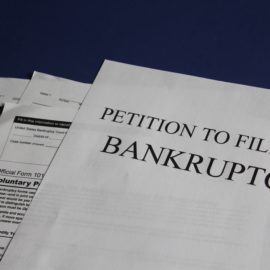

This article is an excerpt from the Shortform summary of "The Innovator's Dilemma" by Clayton M. Christensen. Shortform has the world's best summaries of books you should be reading.
Like this article? Sign up for a free trial here .
What are some disruptive innovations in retail? How did discount retailing shake up the retail industry?
Innovations in retail include a variety of changes in the industry over the years. Discount retailing came about in the 1950s and it disrupted the industry.
Read more about innovations in retail, especially discount retailing.
Innovations in Retail by Introducing Discount Stores
When discount retail stores began popping up in the 1950s, they caused a huge disruption for department and variety stores by selling nationally known brands at significantly lower prices.
Whereas department and variety stores sold products at about 40 percent of the wholesale price and turned over their inventory four times a year, discount retailers achieved the same profits by marking up the products only 20 percent and turning over inventory eight times a year.
Initially, these innovations in retail sold low-end goods like hardware and small appliances to low-profit customers—namely, blue-collar wives with young kids. However, over time, the discount retailers began offering higher-end goods, such as clothes and home goods.
The two biggest variety store chains in the world—S.S. Kresge and W.F. Woolworth—took significantly different approaches to opening discount retailing stores. The companies’ drastically different outcomes were yet more evidence that one organization can’t sustain two cost structures and cultures.
Kresge made a full transition from variety to discount stores. The company brought on a new CEO, hired a new management team, and steadily closed its existing stores. Through its full commitment to the disruptive innovation, Kresge found success. Its discount stores were called Kmart, and, 10 years after opening, Kmart’s sales were near $3.5 billion.
Woolworth tried to sustain its existing stores while also building its chain of discount stores, Woolco. The same set of managers were tasked with both projects, and the company continued opening new Woolworths at the same rate after opening Woolco as it had before. Ten years after opening, Woolco’s sales were about $0.9 billion. Another 10 years later, the last existing Woolco closed.

———End of Preview———
Like what you just read? Read the rest of the world's best summary of Clayton M. Christensen's "The Innovator's Dilemma" at Shortform .
Here's what you'll find in our full The Innovator's Dilemma summary :
- Christensen's famous theory of disruptive innovation
- Why incumbent companies often ignore the disruptive threat, then move too slowly once the threat becomes obvious
- How you can disrupt entire industries yourself






